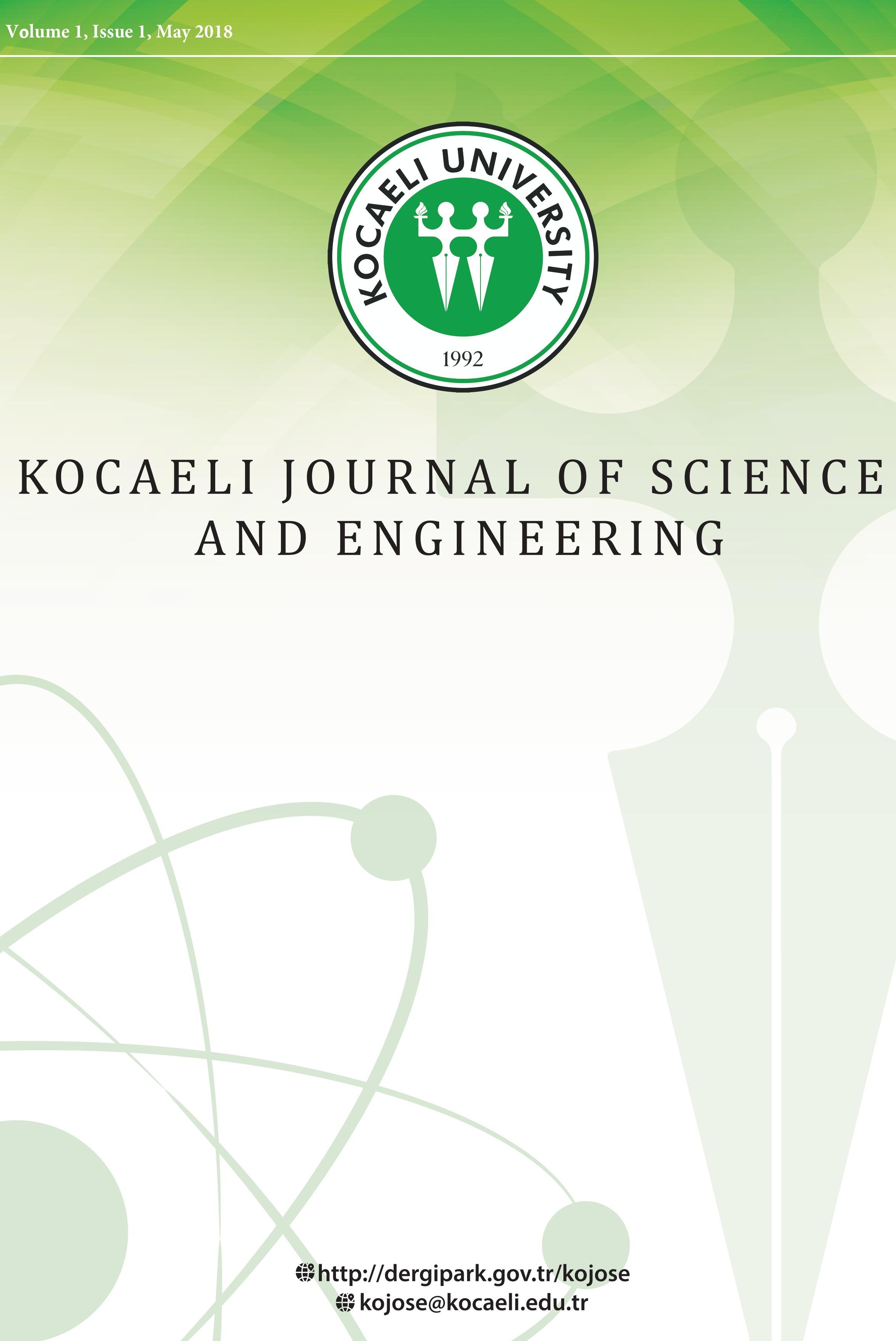
Kocaeli Journal of Science and Engineering
Yazarlar: Tuğcan KORAK, Murat KASAP
Konular:Biyoloji
DOI:10.34088/kojose.904914
Anahtar Kelimeler:BLM RecQ Like Helicase (BLM),Maximum Parsimony,Phylogeny,Phylogenetic Tree
Özet: Phylogenetic analysis (PA) is used for elucidation of relationships among different species and provides information about their evolution. BLM protein (BLM RecQ like helicase) is responsible for the repair of stalled replication fork during double-strand break repair by homologous recombination. In the current study, phylogenetic analysis was performed using BLM protein sequences, sequences of its homologs and its putative homologs from 34 species including covering the genera of Bacteria, Archaea and Eukaryotes. This study was carried out for the purpose of (1) illustrating and comparing relationships among eukaryotic BLM proteins, their homologs (ATP-dependent DNA helicase RecQs in Bacteria) and their potential putative homologs (ATP-dependent DNA helicase Hel308s in Archaea), (2) evaluating how BLM protein evolution took place, what it brought to the organisms by acquiring functional changes and how future potential changes would occur and (3) gaining the general perspective in the evolution of BLM protein. All analyzed species in Bacteria, Archaea and Eukaryota formed a clear inter-species cluster, except for P. sinensis (Reptilia). The results supported that Hjm helicase may be one of the candidate potential ancestors of the BLM proteins and their homologs. Moreover, especially two domains which are Helicase ATP-binding and Helicase C-terminal domain were encountered in the all analyzed species and seem to be strictly conserved in the future. Repair related-highly sophisticated interaction network of BLM indicated that its functional evolution reaches a certain level and it appears to have taken an important place in maintaining genomic stability. However, it should be taken into account that BLM may acquire additional functions or become a cornerstone in different pathways in the future depending on its participation in various metabolic roads.